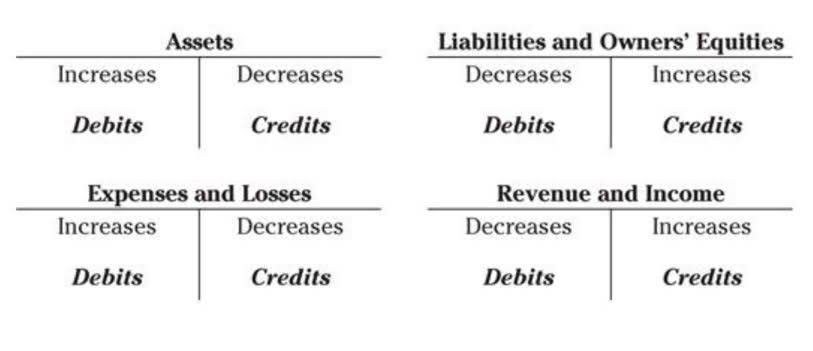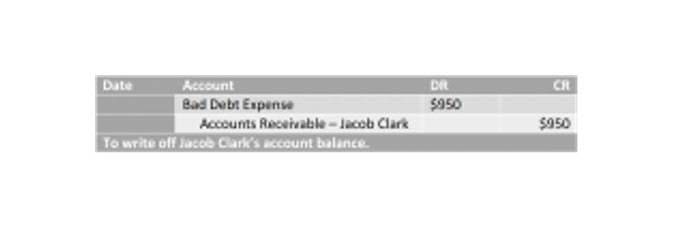Working Capital Analysis and Ratios

This measurement is important to management, vendors, and general creditors because it shows the firm’s short-term liquidity as well as management’s ability to use its assets efficiently. A positive NWC indicates a company has more current assets than current liabilities, signifying its capacity to cover short-term debts and operate efficiently. Conversely, a negative NWC may suggest potential liquidity challenges or inefficient management of short-term resources. In simple terms, net working capital (NWC) denotes the short term liquidity of a company.
Net Working Capital: Definition, Formula, Uses

Assessing liquidity involves evaluating how quickly a company can convert current assets into cash, which is particularly vital during economic uncertainty or market volatility. Understanding NWC’s significance helps stakeholders evaluate a company’s ability to sustain operations net working capital equals without external financing. This article examines various aspects of Net Working Capital, including its calculation, components, and implications on cash flow and financing options.
- Industries with longer production cycles require higher working capital due to slower inventory turnover.
- Generally, a high net working capital is a good sign for the company since it provides some buffer to accommodate additional liabilities while operating.
- The net working capital calculation is an essential financial metric used to measure the deviation or divergence between an entity’s current assets and current liabilities.
- For immediate access to a company’s Net Working Capital, utilize the InvestingPro platform.
Current Assets
A positive calculation shows creditors and investors that the company is able to generate enough from operations to pay for its current obligations with current assets. A large positive measurement could also mean that the business has available capital to expand rapidly without taking on new, additional debt or investors. Much like the working capital ratio, the net working capital formula focuses on current liabilities like trade debts, accounts payable, and vendor notes that must be repaid in the current year. Companies in this position may struggle to meet short-term obligations, relying on costly options like short-term loans or lines of credit. To mitigate such risks, companies often use cash flow forecasting to anticipate liquidity needs and adjust working capital strategies. By analyzing historical patterns and seasonal sales fluctuations, businesses can petty cash better allocate resources.
- Positive working capital generally means a company has enough resources to pay its short-term debts and invest in growth and expansion.
- The interpretation of either working capital or net working capital is nearly identical, as a positive (and higher) value implies the company is financially stable, all else being equal.
- The NWC metric is often calculated to determine the effect that a company’s operations had on its free cash flow (FCF).
- The above steps are commonly used by the management and stakeholders to calculate the value of net working capital equation.
- But if current assets don’t exceed current liabilities, the company has negative working capital, and may face difficulties in growth, paying back creditors, or even avoiding bankruptcy.
Why You Should Never Pay Off Your Mortgage Early
If a company can’t meet its current obligations with current assets, it will be forced to use it’s long-term assets, or income producing assets, to pay off its current obligations. This can lead decreased operations, sales, and may even be an indicator of more severe organizational and financial problems. ABC Company owes accounts payable of $50,000, accrued expenses of $90,000, and long-term debt of $200,000, with $40,000 due this year. Current liabilities equal $180,000 ($50,000 accounts payable plus $90,000 accrued expenses plus $40,000 long-term debt due this year). Generally, a high net working capital is a good sign for the company since it provides some buffer to accommodate additional liabilities while operating. They could have been invested in more productive assets, e.g., investments, or additional PPE for expansion.


Net Working Capital (NWC) stands as a critical metric for assessing a company’s short-term financial health. It reflects Car Dealership Accounting the company’s ability to cover short-term liabilities with its short-term assets. Understanding the intricacies of its formula, components, and limitations provides valuable insights into a firm’s liquidity and operational efficiency.
